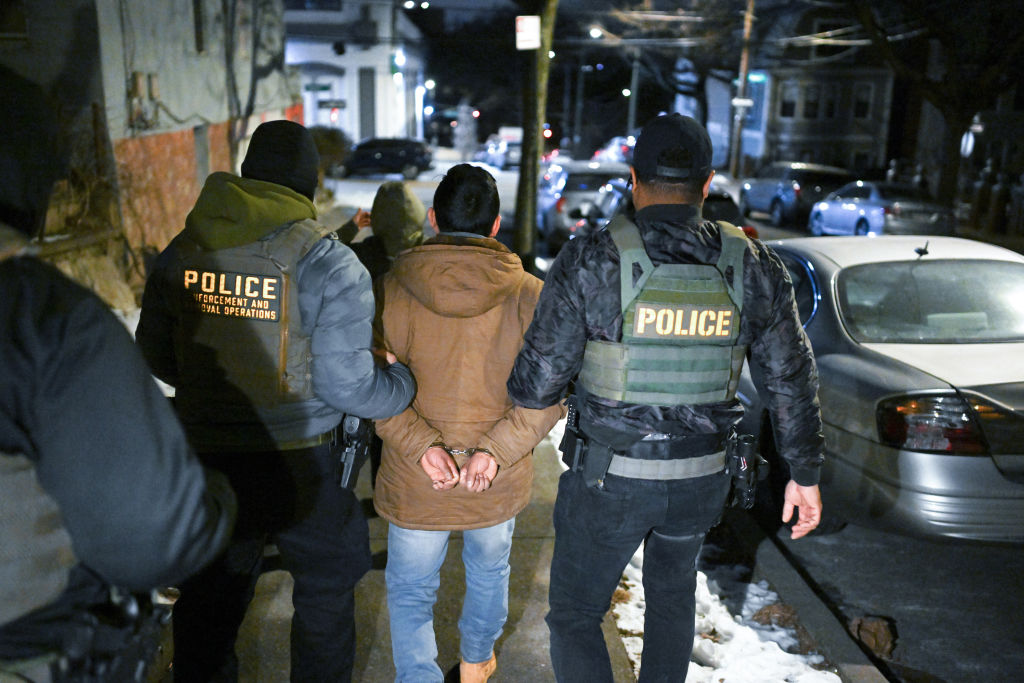Chernobyl: When Ukraine became the site of the world's worst nuclear disaster
On April 25, 1986, a small place in Ukraine became synonymous with nuclear disaster. The incident was a turning point for the Cold War and nuclear energy with radioactive consequences that, according to National Geographic, will remain for over 30,000 years.
Chernobyl is located 100 kilometers north of Kiev, near the border with Belarus. A four-reactor RBMK-type nuclear plant was built in the 1970s. Nuclear energy was seen as an achievement of Soviet engineering, under the slogan “Peaceful Atom”.
Pripyat was also built and developed to house the workers of the Chernobyl Nuclear Plant and their families. The town had a population of over 50,000 by the time of the disaster.
It all started out during a scheduled routine maintenance test in the V.I. Lenin Nuclear Power Plant’s fourth reactor. Everything that could go wrong, went wrong.
The plan was to use the downtime to test whether the reactor could be cooled if the plant lost power. The test required, among other things, shutting down the emergency core cooling system.
The team was also unaware the reactor had a design flaw where low power operation made the reactor highly unstable.
The test was meant to be carried out during the morning shift with a group of prepared engineers and experts. However, problems with the Kyiv electric grid pushed the trial to the night shift under the supervision of Deputy Chief Engineer Anatoly Dyatlov.
The night shift team, which was unprepared to carry out the test, followed the instructions left by the previous shift.
The experiment resulted in an unexpected power spike in the power plant, causing a chain reaction of explosions which led to the core being exposed to the atmosphere.
A study by the World Nuclear Association declares that the Chernobyl Disaster was the largest uncontrolled radioactive release into the environment ever recorded for any civilian operation. For 10 days, large quantities of radioactive substances were released into the air.
Due to the slow, bureaucratic government apparatus, Soviet authorities under the government of Mikhail Gorbachev took some time to properly respond to the nuclear disaster.
The Soviet authorities, at first more concerned about the international reaction amid the Cold War, denied the incident at first.
Despite firefighters and workers getting hospitalized due to the radiation and the danger that fire and fallout represented, it was only after 36 hours of the meltdown that the nearby city of Pripyat was evacuated.
The government didn’t make an official statement until April 28, three days after the accident, when the unusually high radiation levels were first detected in Sweden.
The Lancet reports that, although fewer than 100 people died from acute radiation exposure, there’s still no consensus on the true number of long-term victims in the area. What is true is that over 4,000 people have developed thyroid cancer, mainly children.
Ultimately, according to data from the National Energy Institute of the United States, over 335,000 people were evacuated and an exclusion zone of 2,600 square kilometers was set around the nuclear plant.
Today, reactor 4 of the Chernobyl Nuclear Power Plant is encased by a steel and concrete structure known as a “sarcophagus” to contain the radiation.
Nature has grown in an area now inaccessible to humans. A small tourist industry also has grown, visiting certain areas of the abandoned town of Pripyat and the forest that surrounds Chernobyl.
More for you
Top Stories































